Plants are a great way to bring some life into your home, but not all of them are created equal. You’ll find some plants that thrive in maximum attention and care whereas you’ll find plants that’ll thrive in the most absurd environment.
Thus, if you’re looking for a plant that can withstand a little neglect, we’ve compiled the top 5 resilient houseplants according to the experts.
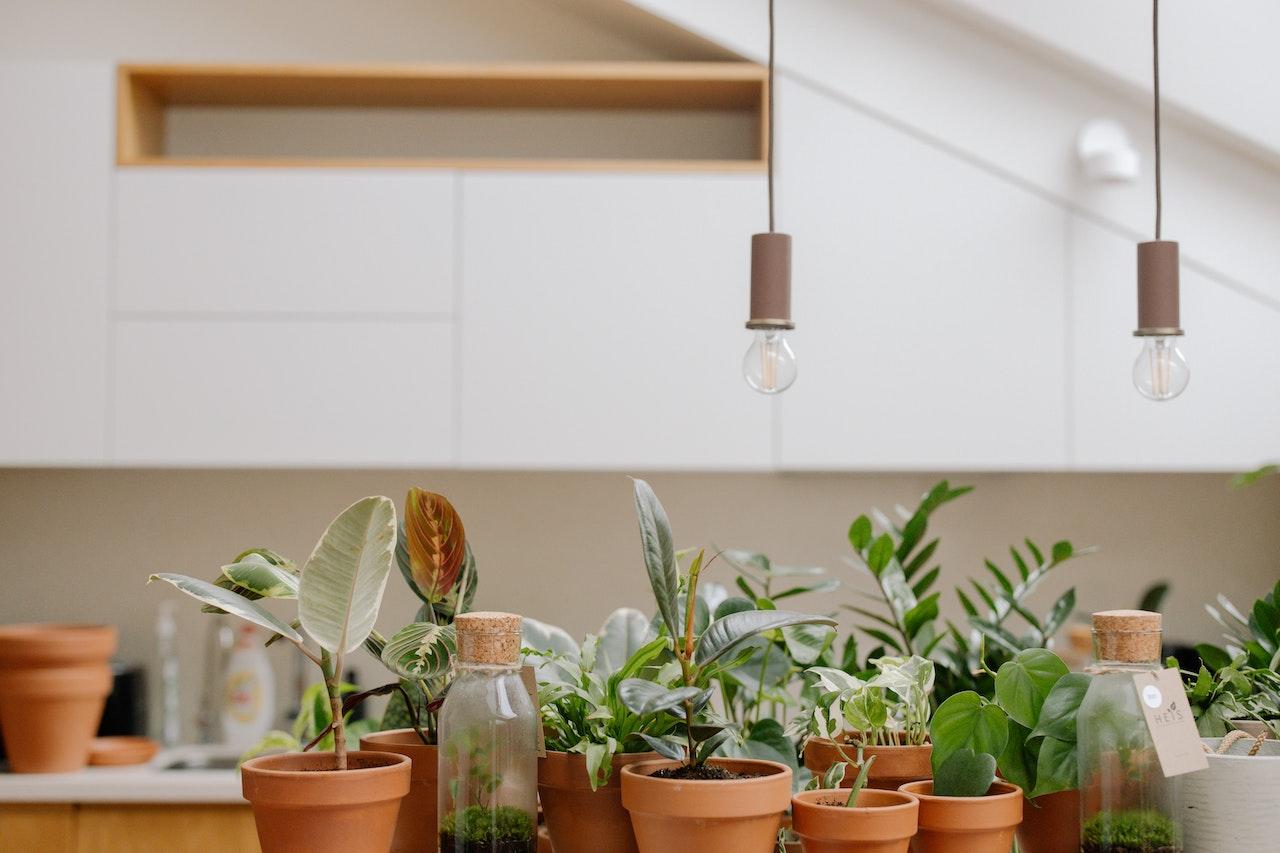
Credit: Pexels
In this post, we’ll be discussing resilient indoor plants that experts recommend. These plants are perfect for anyone looking for an easy-to-care-for option that can tolerate a variety of different indoor environments.
The Benefits Of Resilient Indoor Plants
- Resilient indoor plants can improve indoor air quality
- The resilient indoor plants can help to reduce stress and anxiety
- The resilient indoor plants can boost your mood and energy levels
- Resilient indoor plants can purify the air and remove toxins
- The resilient indoor plants can help to reduce noise levels
The Top Five Resilient Houseplants
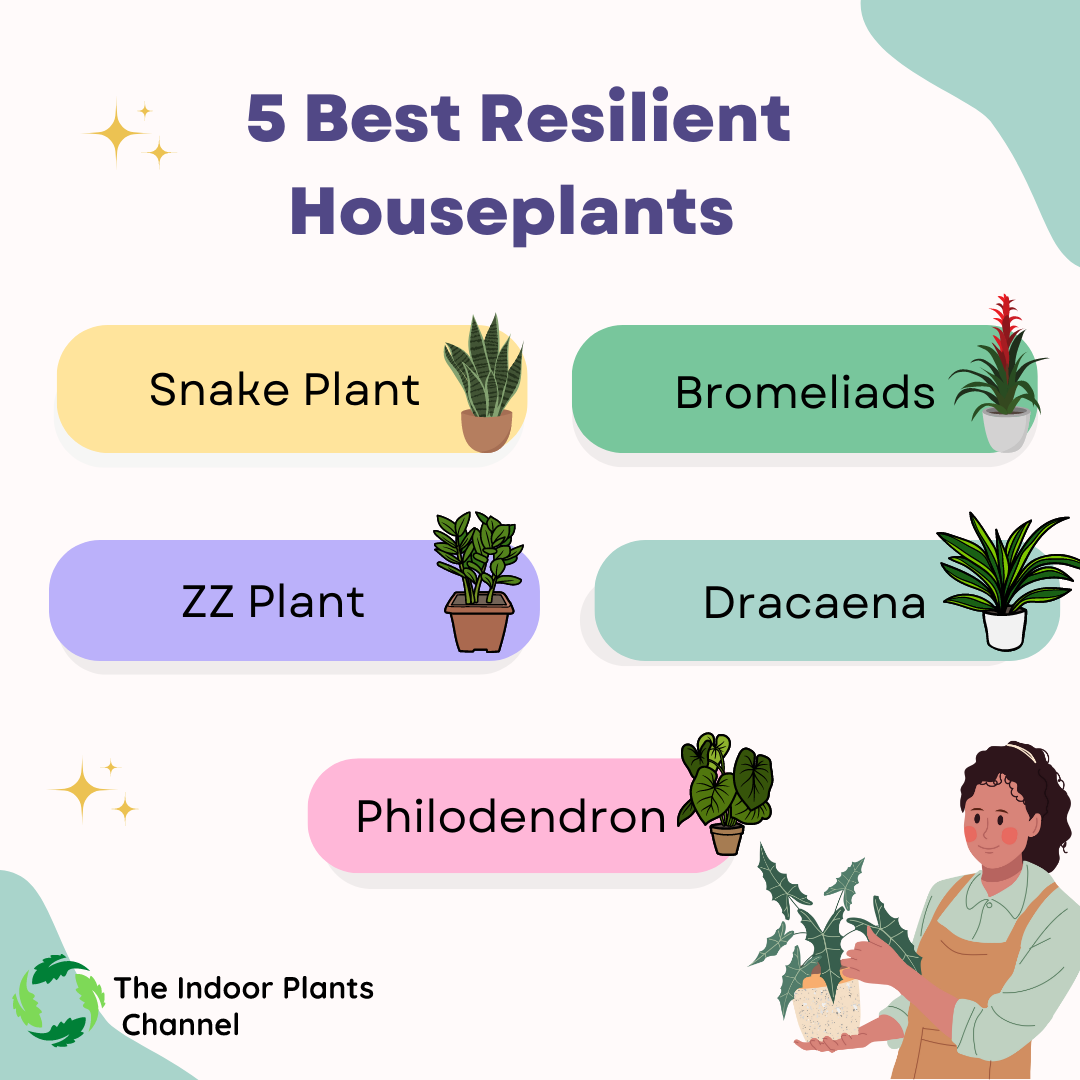
1. Snake Plant
A snake plant is a great option for those who want a low-maintenance plant that is also very resilient. It is perfect for anyone who doesn’t have a lot of time to care for their plants, as it doesn’t require much water or sunlight. It is also a great choice for those who want a plant that can tolerate low light conditions.
2. Bromeliads
Bromeliads are a great choice for those who are looking for a plant that is both resilient and beautiful. These plants come in a wide variety of colors and can tolerate a wide range of indoor environments. They are also very easy to care for, as they don’t require much water or sunlight.
3. ZZ Plant
The ZZ plant is a great choice for those who are looking for a plant that is both easy to care for and resilient. It is perfect for anyone who doesn’t have a lot of time to care for their plants, as it doesn’t require much water or sunlight. It is also a great choice for those who want a plant that can tolerate low light conditions.
4. Dracaena
Dracaena is perfect for people who want a plant that is both easy to care for and beautiful. These plants come in a wide variety of colors and can tolerate a wide range of indoor environments. They are also very easy to care for, as they don’t require much water or sunlight.
5. Philodendron
Philodendron is great for people who are looking for a plant that is both easy to care for and resilient. It is perfect for anyone who doesn’t have a lot of time to care for their plants, as it doesn’t require much water or sunlight. It is also a great choice for those who want a plant that can tolerate low light conditions.
How To Care For Resilient Indoor Plants
- Resilient indoor plants are those that can withstand different types of conditions and still thrive.
- When caring for resilient indoor plants, it is important to give them the right amount of water, light, and fertilizer.
- Water resilient indoor plants when the soil is dry to the touch. Be careful not to overwater, as this can lead to root rot.
- Place resilient indoor plants in an area that receives bright, indirect light.
- Fertilize resilient indoor plants every two weeks during the growing season, using a water-soluble fertilizer.
The Best Potting Mix For Resilient Indoor Plants
When it comes to potting mix, there is no one-size-fits-all solution. The best potting mix for resilient indoor plants will depend on the specific plant species you are growing.
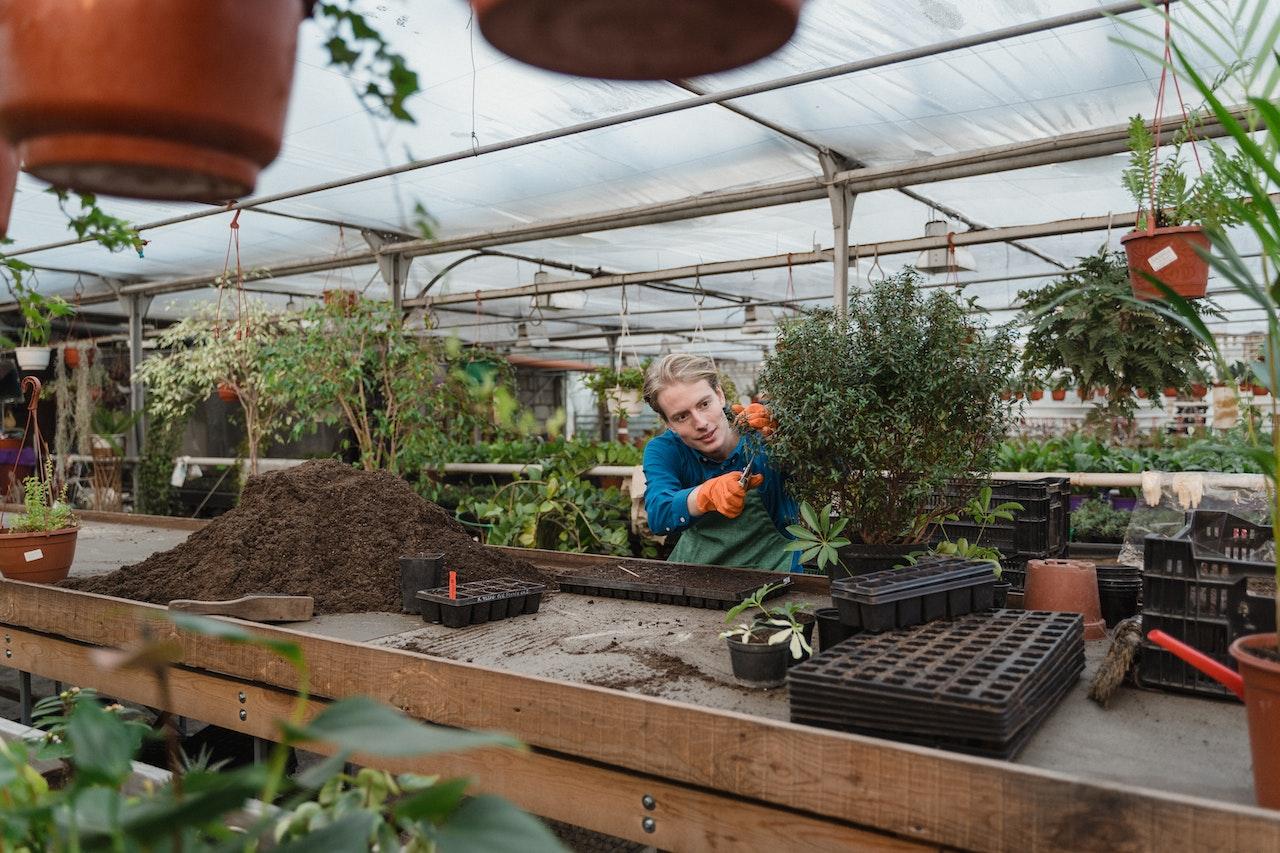
Credit: Pexels
There are, however, some general tips you can follow to ensure that your plants have the best possible chance of thriving.
- Ensure that the potting mix you choose is well-draining. Indoor plants are particularly susceptible to root rot, so it is important to make sure that water can easily drain away from their roots.
- Choose a potting mix that contains a mix of different ingredients. A good potting mix should include both organic matter and inorganic matter, such as perlite or vermiculite. This will help to ensure that your plants have access to a variety of nutrients.
- Finally, remember to water your plants regularly. Indoor plants will dry out more quickly than outdoor plants, so it is important to check them regularly and water them when they need them.
The Best Location For Resilient Indoor Plants
- Resilient indoor plants can be placed in a variety of locations within your home.
- The best location for a resilient indoor plant depends on the type of plant and the amount of light it needs.
- Plants that need little light can be placed in a north-facing window or in a shaded room.
- The plants that need medium light can be placed in an east- or west-facing window.
- Plants that need bright light can be placed in a south-facing window.
- Many resilient indoor plants can also tolerate low light, so if you’re not sure where to put a plant, start with a low-light location and move it to a brighter spot if necessary.
- Be sure to check the care requirements for your specific plant to determine the best location for it in your home.
How Often To Water Resilient Indoor Plants
Resilient indoor plants are those that can withstand periods of drought or neglect. They are often native to arid regions and have adapted to survive on very little water.
While resilient plants can survive on little water, they will still need some water to remain healthy. How often you water will depend on the plant, the size of the pot, the temperature and humidity of the room, and how often the plant is watered.
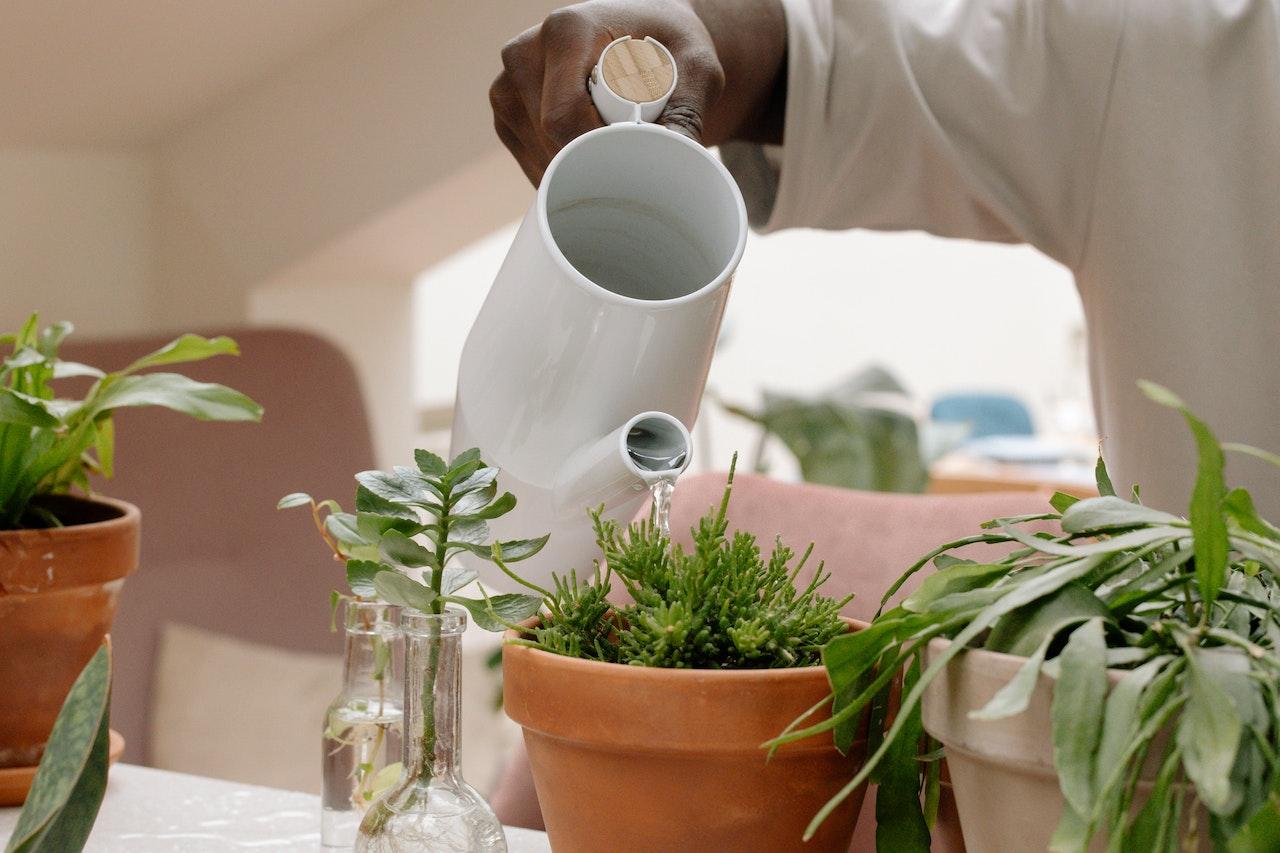
Credit: Pexels
If you are unsure how often to water your plant, it is best to err on the side of too little water rather than too much. Overwatering is one of the most common reasons for houseplants to die.
- When watering, always check the soil before adding water. The soil should be dry to the touch before you water it. If the soil is still moist, wait until it has dried out before watering again.
- If you think your plant may be underwatered, check for signs such as wilting leaves, dry soil, or slow growth. Give it a good drink of water if your plant starts to show any of these signs.
- Resilient plants are a great choice for those who want to enjoy the benefits of houseplants without having to worry about watering them too often. With a little care, they will thrive and bring you years of enjoyment.
How To Fertilize Resilient Indoor Plants
There are a few things to keep in mind when fertilizing resilient indoor plants:
- The frequency of fertilization will depend on the type of plant. Some plants need to be fertilized more often than others.
- The amount of fertilizer you use will also depend on the type of plant. Some plants need more fertilizer than others.
- Read the instructions on the fertilizer label before applying it to your plants.
- Apply fertilizer to plants when they are actively growing.
- If you are unsure about how to fertilize your plants, ask a professional at your local nursery or gardening store.
Pests And Diseases Of Resilient Indoor Plants
Resilient indoor plants are those that can withstand a little neglect and still look good. They’re perfect for busy people who want to enjoy the benefits of plants but don’t have a lot of time to care for them. While resilient plants are more tolerant of neglect than other plants, they’re not immune to pests and diseases.
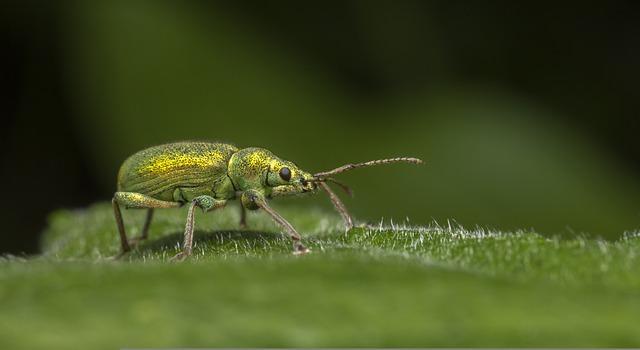
Here are some of the most common pests and diseases that affect resilient indoor plants:
1. Mealybugs
Mealybugs are small, wingless insects that feed on plant sap. They can weaken a plant and make it more susceptible to other pests and diseases. Mealybugs are most commonly found in humid environments.
Symptoms of mealybug infestation include:
- Sticky, honeydew-like substance on leaves
- Leaves yellowing and dropping off
- Distorted or stunted growth
If you think your plant has mealybugs, you can try to control them with insecticidal soap or neem oil. You can also remove them by hand using a cotton swab dipped in rubbing alcohol.
2. Scale
Scales are small, hard-bodied insects that feed on plant sap. They can weaken a plant and make it more susceptible to other pests and diseases. Scales are most commonly found in warm, dry environments.
3. Spider Mites
Spider mites are small, spider-like insects that feed on plant sap. They can weaken a plant and make it more susceptible to other pests and diseases. Spider mites are most commonly found in dry, dusty environments.
4. Fungus Gnats
Fungus gnats are small, fly-like insects that feed on plant roots. They can weaken a plant and make it more susceptible to other pests and diseases. Fungus gnats are most commonly found in humid environments.
5. Powdery Mildew
Powdery mildew is a type of fungus that affects plants. It can cause leaves to yellow and drop off, and it can weaken a plant and make it more susceptible to other pests and diseases. Powdery mildew is most commonly found in humid environments.
Bonus Tips
- Plant in a pot that has drainage holes to ensure that the plant does not become waterlogged.
- Place the pot in a location that receives bright, indirect light.
- Water the plant when the top inch of soil feels dry to the touch.
- Feed the plant every other month with a water-soluble fertilizer.
- Prune the plant as needed to maintain its shape.
- Inspect the plant regularly for signs of pests or disease and take appropriate action if necessary.
Frequently Asked Questions
- What are the best resilient growing plants?
There are a number of different plants that are known for being resilient and easy to grow. Some of the most popular include succulents, cacti, and aloe vera. These plants are able to withstand a variety of different conditions and continue to thrive.
- Why are these plants so resilient?
Each of these plants has evolved to be able to survive in harsh conditions. They are able to store water in their leaves or stems, which helps them to withstand periods of drought. They also have thick skin or leaves that protect them from the sun and wind.
- Where do these plants come from?
Most of these plants come from desert regions, where they have had to adapt to survive in extreme conditions. However, some of them, such as succulents, are native to other parts of the world.
- How do I care for these plants?
These plants are relatively easy to care for, but there are a few things to keep in mind. They will need a well-draining pot or container, as they do not like to sit in wet soil. They will also need bright light but can tolerate some periods of shade. It is important to let the soil dry out completely between watering, as these plants are susceptible to root rot.
- Are there any other plants that are similar?
There are a number of other plants that have similar characteristics to the ones mentioned above. Some of these include the rubber plant, snake plant, and zebra plant.
Conclusion
Picking the right houseplant can be tough, but picking a resilient one is even tougher. With so many choices out there, it’s hard to know which ones will thrive in your home. To help you out, we’ve compiled a list of the top 5 most resilient houseplants, as chosen by the experts.
So, if you’re looking for a plant that can withstand just about anything, be sure to check out our list of the top 5 most resilient houseplants. You’re sure to find the perfect one for your home.
Michelle Wilde
Related posts
1 Comment
Leave a Reply Cancel reply
![]()
About Michelle Wilde
Michelle Wilde is a stay-at-home mom and avid plant lover. Armed with a post-graduate degree in Computer Science (no kidding!), she loves researching plants and landscapes. When she is not caring for her 4 kids, she spends time on her passion for plants. She blogs at www.indoorplantschannel.com, the trusted source for indoor plants.
Learn more
Subscribe
* You will receive the latest posts and updates about indoor plants!
Search
Recent Posts
Categories
- FAQ (218)
- General (1)
- How-To Guides (220)
- Indoor Plants (220)
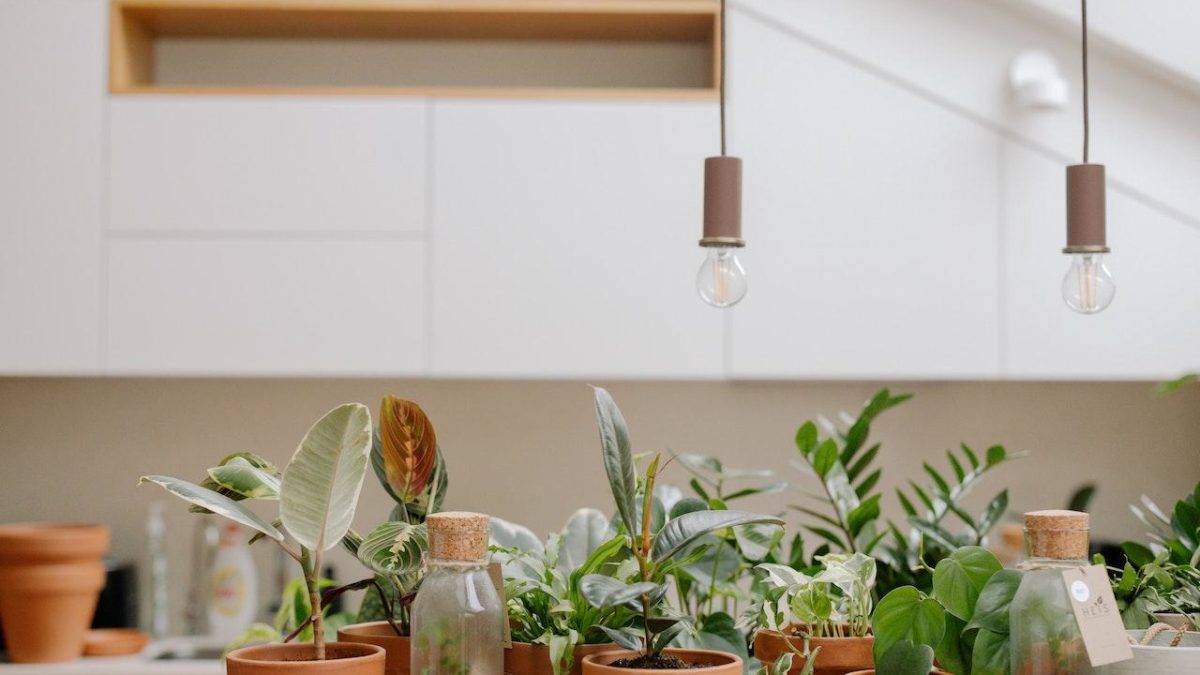
[…] 3 days ago 10 min read […]